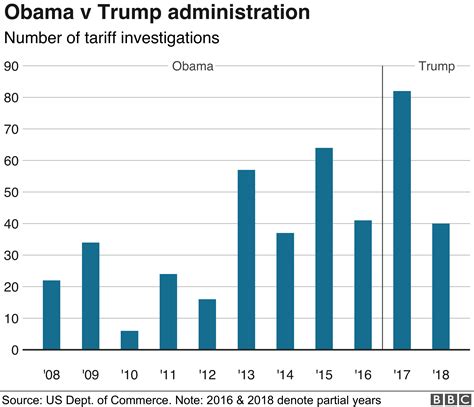How were Donald Trump’s tariffs calculated? Let’s dive into the intricate world of international trade and policy to uncover the mechanisms behind one of the most debated strategies in recent times. President Trump’s decision to impose tariffs on goods from various countries has sparked a global conversation about trade practices, reciprocity, and economic impacts.
**Crunching the Numbers**
When Trump unveiled a chart outlining the tariffs at a conference, many speculated that these charges were influenced by existing tariffs and trade barriers. However, a closer look revealed a seemingly complex mathematical formula. At its core, this formula simplifies down to basic arithmetic: analyzing the trade deficit of the US with a specific country in goods, dividing it by total imports from that country, and halving that number.
The Trade Deficit Dilemma
A crucial concept underpinning these calculations is the notion of trade deficits – situations where a country imports more goods than it exports. For instance, America’s significant goods deficit with China led to imposing a 34% tariff on Chinese imports. This methodology extended to other nations like the EU where a 20% tariff was applied based on similar calculations.
**Reciprocity or Rebalancing?**
While some argue for reciprocal tariffs based on existing duties imposed by trading partners, Trump’s approach differs significantly. The administration aimed to eradicate US goods trade deficits with each nation rather than mirroring their tariffs. Surprisingly, even countries like the UK without an existing deficit faced new tariffs under this strategy.
The Ripple Effects
Trump’s belief that these measures will bolster US manufacturing and job retention hinges on eliminating trade imbalances with other nations. Economists caution that while bilateral deficits may shrink, broader repercussions could affect global dynamics extensively beyond what initial calculations suggest.
Expert Jonathan Portes highlights how anomalies in overall deficits persist due to multifaceted factors like consumption habits outpacing earnings within America. Thomas Sampson emphasizes how targeting countries solely based on deficits lacks economic rationale and risks detrimental consequences for worldwide economies.
As conversations around White House policies continue evolving alongside international reactions under bodies like General Agreement on Tariffs and Trade (GATT), one thing remains certain – dissecting tariff calculations unravels complexities far beyond simple math equations.









Leave feedback about this